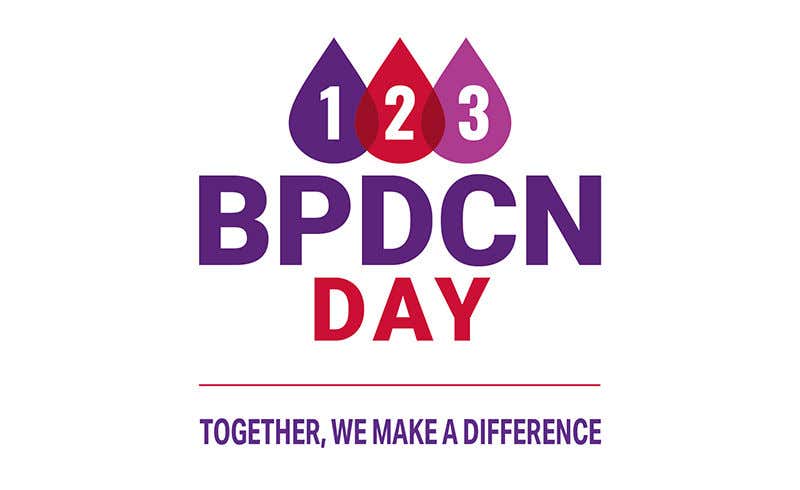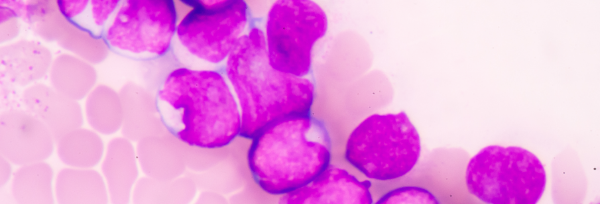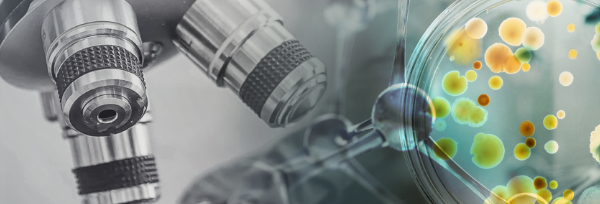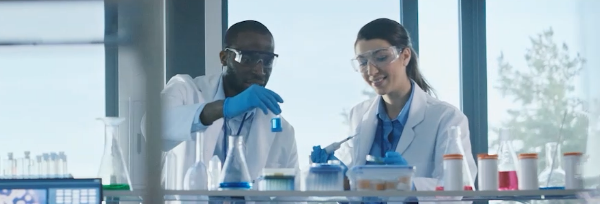MENARINI is a fully integrated privately owned pharma company with a long and successful heritage in strategic partnering across the globe. We have a profound know-how stemming from our strong R&D capabilities in key therapeutic areas, coupled with our excellence in commercial execution and our powerful direct presence on a global basis.
Together, we make a difference
Blood cancers can be difficult to diagnose. One is Blastic Plasmacytoid Dendritic Cell Neoplasm (BPDCN), a rare and clinically aggressive hematologic malignancy.
Although BPDCN is mostly diagnosed in elderly patients, it may occur at any age, with men three times more likely to be affected by BPDCN than women.1,2
With an estimate of just 0.44% of hematologic neoplasms annually – equivalent to roughly 700 cases in the United States and 1000 cases in Europe, BPDCN remains under-recognized.1,3
BPDCN can manifest as an unusual skin lesion, which potentially means that a person experiencing BPDCN will present to a dermatologist before they see a hematologist-oncologist.
Its variable dermatologic and hematologic manifestation, compounded by its similarity to other blood cancers, has contributed to its frequent misdiagnosis and very poor prognosis.
Despite an initial response to treatment, BPDCN remains aggressive and associated with a dismal prognosis.1,4,5 Historically, the average overall survival rate after diagnosis is just 8 to 14 months.5,6 This highlights the urgent need to raise awareness of the disease to ensure proper and earlier diagnosis.
This situation needs to change.
We at Menarini Group are proud to actively support Blastic Plasmacytoid Dendritic Cell Neoplasm (BPDCN) Disease Awareness Day (#BPDCNday) as part of our unwavering commitment to make a difference in the lives of patients with cancer.
People with BPDCN need early diagnosis
Accurate and timely diagnosis may be key to fighting back against BPDCN. Currently, diagnosis may be delayed. People with this blood cancer frequently first present to a dermatologist with a skin lesion – which may have a strong resemblance to other malignancies. This may contribute to misdiagnoses and increase the risk for patients.7,8
Frequently, the disease presents with both dermatologic and hematologic manifestations. As a consequence, a joint effort between dermatologists, pathologists, and hematologist-oncologists is essential for the diagnosis and care of BPDCN patients.
Biopsies of not only skin but also bone marrow and secondary sites are critical for diagnosis.1,7,9-13 Recently, a specific protein – CD123 – which is highly expressed on BPDCN cells - has been confirmed to play an important role in improving diagnosis.
Pathologists use the marker triad of CD123, CD4 and CD56 to confirm the diagnosis of BPDCN.*,1,5,7,14
Menarini Group commits raising awareness of BPDCN
23rd January 2022, is the third annual #BPDCNday since the condition received its own classification from the World Health Organization (WHO).
The date—the 1st month and 23rd day of the year—reflects the importance of the CD123 biomarker in the diagnosis and therapeutic target for BPDCN.
With #BPDCNday, our aim is to raise awareness in the medical community and unite patients and healthcare professionals in the fight against this disease. We hope you will join us in supporting patients and families affected by BPDCN around the world.
We at Menarini Group believe that working together can make real changes. We also know that the medical professionals and patients dealing with BPDCN are committed to the fight against BPDCN.
Learn more at: www.bpdcninfo.eu
Video
Rebecca’s story
Chuck’s story
Blastic Plasmacytoid Dendritic Cell Neoplasm (BPDCN): an aggressive hematologic malignancy
*BPDCN can include other markers, such as TCL1, TCF4, and CD303 (BDCA2).7,14
References
- Facchetti F et al. Mod Pathol. 2016 Feb;29(2):98-111.
- Sapienza MR et al. Haematologica. 2019 Apr;104(4):729-737.
- Sullivan JM, Rizzieri DA. Hematology Am Soc Hematol Educ Program. 2016 Dec 2;2016(1):16-23.
- Menezes J et al. Leukemia. 2014 Apr;28(4):823-9.
- Pagano L et al. Haematologica. 2013 Feb;98(2):239-46.
- Pemmaraju N. Curr Hematol Malig Rep. 2017 Dec;12(6):510-512.
- Pagano L et al. Br J Haematol. 2016 Jul;174(2):188-202.
- Riaz W et al. Cancer Control. 2014 Oct;21(4):279-89.
- León-Martínez G et al. Int J Surg Pathol. 2014 Feb;22(1):76-82.
- Julia F et al. Br J Dermatol. 2013 Sep;169(3):579-86.
- Herling M, Jones D. Am J Clin Pathol. 2007 May;127(5):687-700.
- Reichard KK. Surg Pathol Clin. 2013 Dec;6(4):743-65.
- Frankel AE et al. Blood. 2014 Jul 17;124(3):385-92.
- Ceribelli M et al. Cancer Cell. 2016 Nov 14;30(5):764-778.
























